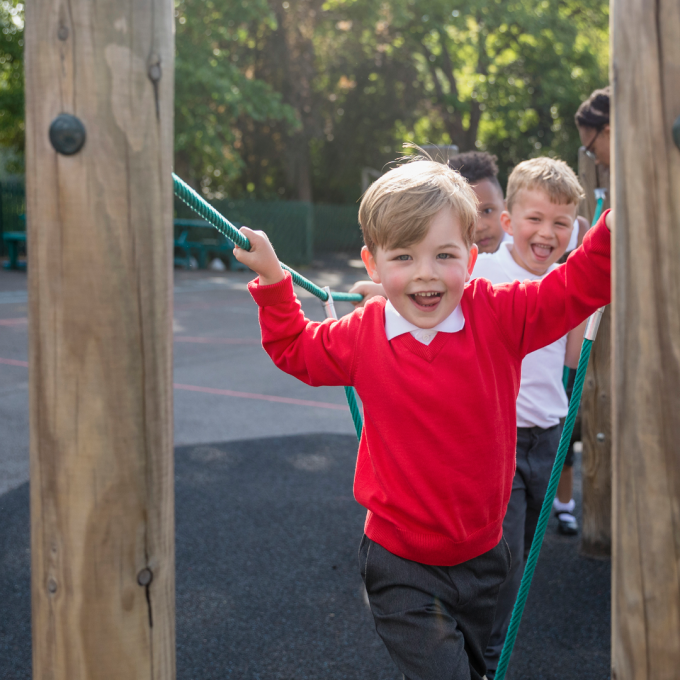The conversation around mental health in schools has been evolving for a long time - and hopefully heading towards a healthier, happier place for young people and the staff that support them.
Just last month, a cross-sector coalition released a report calling for "an overhaul of counselling and PSHE in secondaries while also demanding a step change in the provision of Child and Adolescent Mental Health Services". But change will take funding and time.
In the meantime, the responsibility falls to teachers to manage a lot of mental health challenges in their classrooms. This is a considerable task, says Rose Webb, an adolescent specialist at Thrive, a provider of support for children and young people's social and emotional development. But it's one that can be managed with a deliberate and thoughtful approach, she explains.
"Now, more than ever before, it is recognised that helping young people to make sense of their experiences through trusting adult relationships is a big protective factor in a world full of uncertainty and change," she says.
"Young people have more awareness about emotional and mental health than ever before. Social media has a lot to do with this, as well as support and guidance provided by schools and settings, through things like the revised RSE (relationships and sex education) curriculum, the new designated senior mental health lead roles and pastoral opportunities that cover these areas."
"Now, more than ever before, it is recognised that helping young people to make sense of their experiences through trusting adult relationships is a big protective factor in a world full of uncertainty and change," she says.
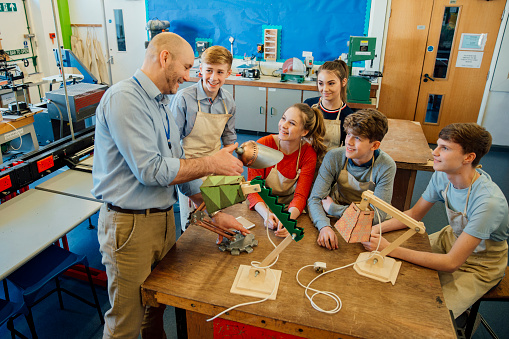
"Young people have more awareness about emotional and mental health than ever before. Social media has a lot to do with this, as well as support and guidance provided by schools and settings, through things like the revised RSE (relationships and sex education) curriculum, the new designated senior mental health lead roles and pastoral opportunities that cover these areas."
'Top of the agenda'
Jo Dunne, a teacher and Thrive lead at the Herbert Thompson Primary School, in Cardiff, agrees. She says that her students are "beginning to view mental health in the same way as physical health and healthy eating".
"The pandemic has meant that schools have had to put wellbeing at the top of the agenda. When we came back after the lockdown, our primary focus was the wellbeing and mental health of our children. They have learned strategies to help them to calm down when they are upset, and they've been learning about how the brain affects their emotions and what they can do to self-regulate."
According to Webb, the pandemic took its toll on young people in different ways, with most being locked down and isolated away from peers, and some suffering bereavement and grief. Conversely, some children reported a reduction in anxiety while being at home and have found the return to school life hard to manage.
Relationships are key
So, how can staff go about creating the kinds of classrooms that allow young people to manage and explore their mental health in a safe and supportive way? Relationships are key, she says. An environment that promotes emotional wellbeing is one where "positive, healthy adult and young person relationships are at the heart of teaching and learning".
"Classroom environments that consider a young person's need to feel safe are important," she explains. "For example, for some young people, sitting at the front of the class with lots of people behind them might feel frightening. Thinking about our body language, tone of voice and facial expressions is important as well."
"It's not enough just to be 'nice'," says Dunne. "We need to have the same skilled approach for wellbeing as we do for mathematics and literacy."
At her school, she continues, they complete Thrive class assessments that indicate what classes need as a whole and which students may need additional support. These children then receive "specific and targeted interventions" to help healthy brain development, enabling them to better self-regulate.
"But it can be something as simple as a daily 'check-in' with someone you know is struggling or a child you're worried about," she says. "Sometimes, just a simple 'How are you doing?' can help children feel valued and important.
"We've also been learning about the brain and have been making models of it using Lego and Play-Doh. The hope is that children and staff are better able to understand how their brain works, and how it affects our thoughts and feelings. This is one of the first steps in being able to regulate our emotions."
Regulating the brain
Dunne also highlights the effectiveness of having tools in class to assist in those moments of stress, such as the "amygdala first-aid kit" her school has implemented.
"If a child deregulates then there are lots of little objects of interest to sort and order. By sorting and ordering, it helps our thinking brain to come 'back online', calming our amygdala, allowing us to think rationally and make sense of situations and our emotions. They are available in classes and the peer mediators use them on the playground at break times."
Classroom structures and routines can also help support students' emotional health, says Webb.
""And think about your own emotional needs. A big part of this practice is to meet young people with our calm so that we can help them navigate their distress and access learning, building skills in emotional regulation over time"
"The beginnings and endings of lessons are really important. How we warmly greet young people and how we send them on their way can have a big impact," she explains.
"Think about seating and consult with young people about where they feel most comfortable in the room. Include mindful moments in lessons; this can be any activity that brings us back into our bodies and into the moment - like taking three long slow breaths. It doesn't have to be resource heavy or distracting."
And being open to discussing what works is vital, she continues.
"Talk to the young person, with an adult they trust if that is more comfortable for them, about what would help them in your classroom," she says. "Young people often have some ideas about what would help. The more they feel seen and heard, the safer they will feel in your learning environment. Small moments of connection, repeated over time, can make a big difference.
"And think about your own emotional needs. A big part of this practice is to meet young people with our calm so that we can help them navigate their distress and access learning, building skills in emotional regulation over time.
"Above all, know that when we get it wrong, we can repair and strengthen our relationships. Ruptures in relationships will happen; it's how we reconnect afterwards that will make a significant difference to how we support young people to feel they belong, engaging them in learning and the other opportunities our educational settings have to offer."
Thrive's Adolescent Specialist Rose Webb and Jo Dunne, a Licensed Practitioner from Herbert Thompson Primary School, in Cardiff, feature in this article about creating an environment for emotional wellbeing.
This article was originally posted on the Tes website on December 2 2021.
Over to you
Reduced anxiety and behavioural incidents. Calmer classrooms filled with engaged leaners. Improved relationships with parents and carers. These are just some of the outcomes reported by settings embedding Thrive’s whole-school approach to mental health and wellbeing. Are you ready to join them? Click here to get started.
Pass it on
Small actions can lead to a big ripple effect. If you enjoyed this post or found it helpful, please consider supporting us in our mission to help every child and young person feel safe, supported and ready to learn by sharing it using the social media buttons below.
Want to join a like-minded community of senior leaders and classroom staff benefitting from insights and strategies to improve attendance, behaviour and attainment? Add your email address below. (It’s easy to unsubscribe).

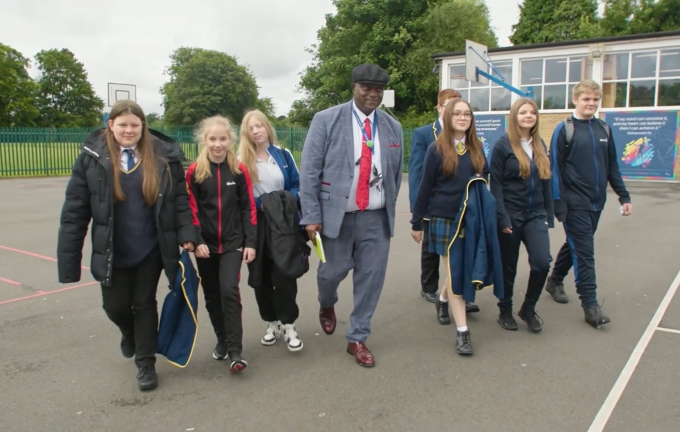
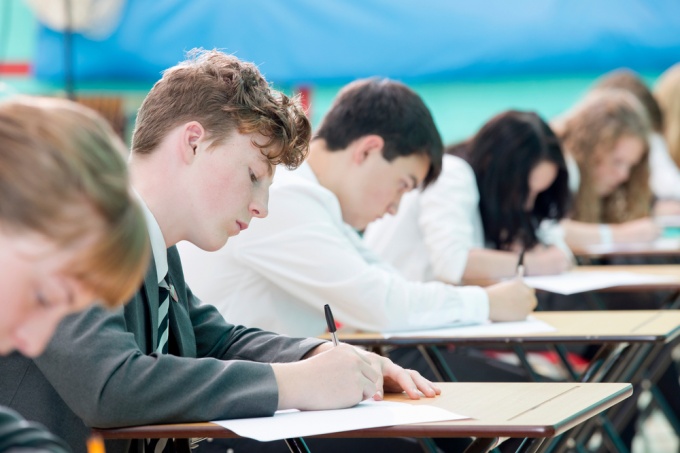
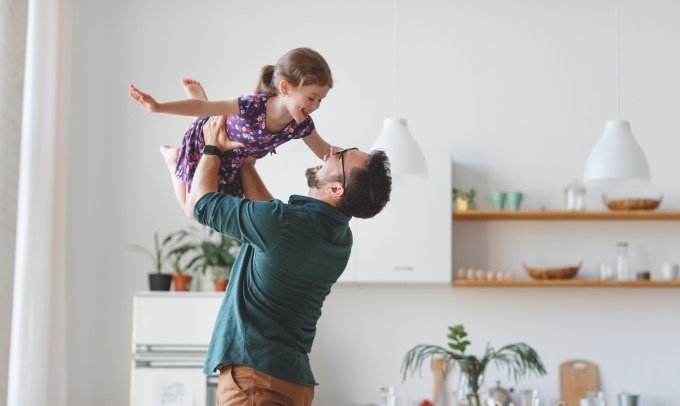
(1)(1)(1)_680.jpg)
